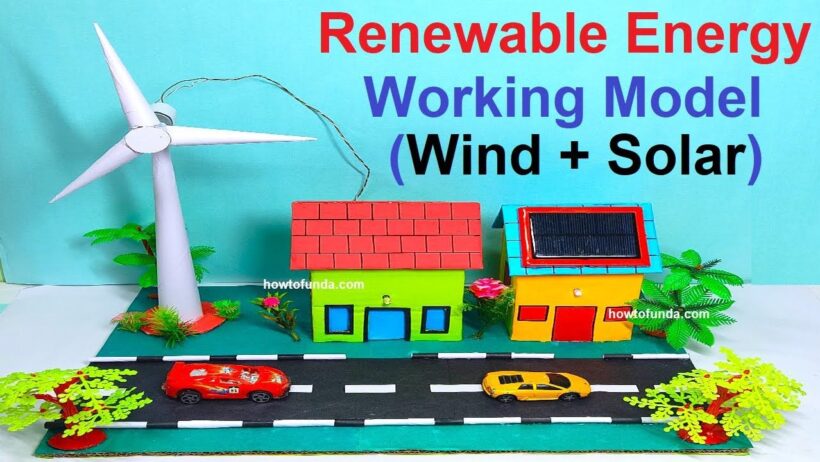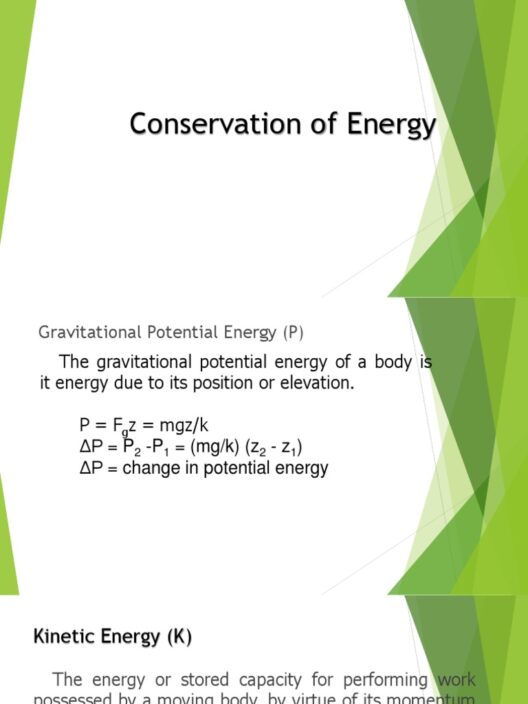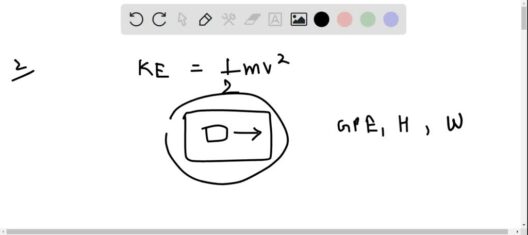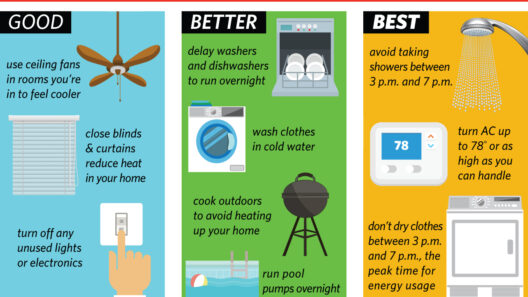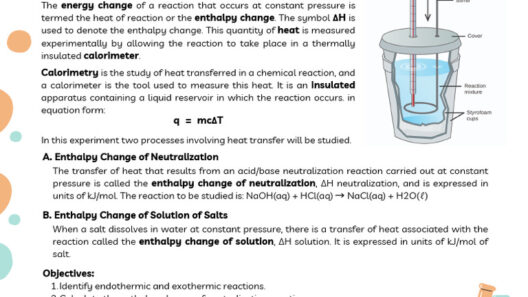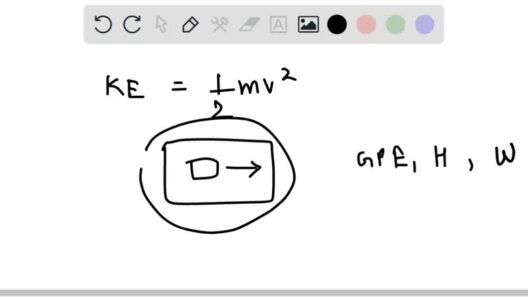Science exhibitions offer an exceptional platform for demonstrating innovative ideas and concepts, particularly when addressing critical issues like energy conservation. Models that exemplify energy conservation transform theoretical knowledge into tangible experiences, engaging viewers while fostering discussions around sustainability. Here are expert tips for creating effective and educational conservation of energy models for science exhibitions.
1. Understand the Fundamentals of Energy Conservation
Before embarking on the creation of a model, it is imperative to grasp the core principles of energy conservation. The fundamental law states that energy cannot be created or destroyed; it only changes form. Identifying various energy types — kinetic, potential, thermal, electrical, and solar — lays the groundwork for your model. This understanding helps to emphasize how different systems can harness, convert, and efficiently use these energy forms.
2. Choose a Relevant Theme
Deciding on a specific theme is crucial. Themes can range from renewable energy sources like solar and wind to energy-efficient technologies and practices. For instance, a model demonstrating the interplay between solar panels and battery storage can illustrate how solar energy can be harnessed and used efficiently. Selecting a theme that resonates with contemporary environmental issues can stimulate curiosity and provoke thoughtful discussions among viewers.
3. Use Planning and Design Techniques
Designing your model starts with a clear vision. Sketching your ideas on paper helps in visualizing the layout and mechanisms involved. Focus on the mechanics; for example, if building a model of a wind turbine, include the rotor blades, generator, and methods of energy conversion. Choose a scale that allows detail without sacrificing clarity. Tools such as CAD software can also assist in the design phase, facilitating precision in constructing a prototype.
4. Select Appropriate Materials
The selection of materials ultimately affects the longevity and effectiveness of your model. Common materials include cardboard, plastic bottles, wood, and metal components. Consider the environmental impact of these materials; using recycled products not only conserves resources but also serves as a practical demonstration of sustainability. For electronic components, utilize energy-efficient LEDs to highlight energy transfer. It’s essential to balance durability and eco-friendliness in your choice of materials.
5. Build a Scalable Model
An effective model ideally captures the essence of the concept while remaining easily understandable at various scales. Scale models can benefit from creative construction techniques. If creating a solar panel model, consider using small photovoltaic cells to provide a realistic portrayal of energy conversion. Ensure your model is compact enough for exhibition but detailed enough to convey its function effectively.
6. Incorporate Interactivity
Engagement is pivotal. Adding interactive elements can significantly enhance the viewer’s experience. Consider incorporating buttons to activate lights, small motors, or sound effects that simulate operation. Creating an interactive circuit that powers an LED light can vividly illustrate how energy flows and is utilized. The more involved the viewer can be, the deeper the understanding they will gain.
7. Educational Content and Clear Messaging
In addition to the visual and interactive elements, include educational content that succinctly conveys the model’s purpose and principles. Utilize posters, pamphlets, or digital screens that explain the energy conservation concepts illustrated by the model. Clarity is key; avoid jargon and ensure that any scientific terminology is defined. A well-informed audience can appreciate the intricacies of energy conservation and its ramifications on our planet.
8. Systematic Demonstration
When presenting your model, be systematic in your approach. Utilizing a step-by-step explanation can help demystify complex concepts. Begin with an introduction to energy conservation, followed by a visual demonstration of the model in action. Highlight its significance in everyday settings, and conclude by encouraging dialogue, inviting questions, and sharing personal insights on energy conservation practices.
9. Assessing Performance and Functionality
Once the model is complete, rigorous testing is necessary. Ensure that all components function as intended and that there are no unwelcome surprises during presentations. If your model is supposed to generate energy, measure its output accurately. Collecting data not only enhances credibility but can also spark further discussions on efficiencies and improvements, encouraging a culture of ongoing learning and innovation.
10. Feedback and Iteration
Exhibiting your model provides an invaluable opportunity for feedback. Observers can offer insights that may enhance future iterations, addressing any gaps in understanding and refining presentation techniques. Take notes and consider their suggestions seriously. Improvement is a continuous process, and every piece of feedback can lead to a more robust understanding and presentation of energy conservation principles.
In conclusion, engaging in the design and presentation of energy conservation models serves not only as an educational endeavor but also as a mechanism for fostering environmental stewardship. By focusing on clear themes, enhanced interactivity, and systematic demonstrations, creators can effectively pique curiosity and inspire others to take action in the fight against climate change. The shift in perspective from mere observation to active participation is essential for cultivating a more informed, environmentally conscious society.



